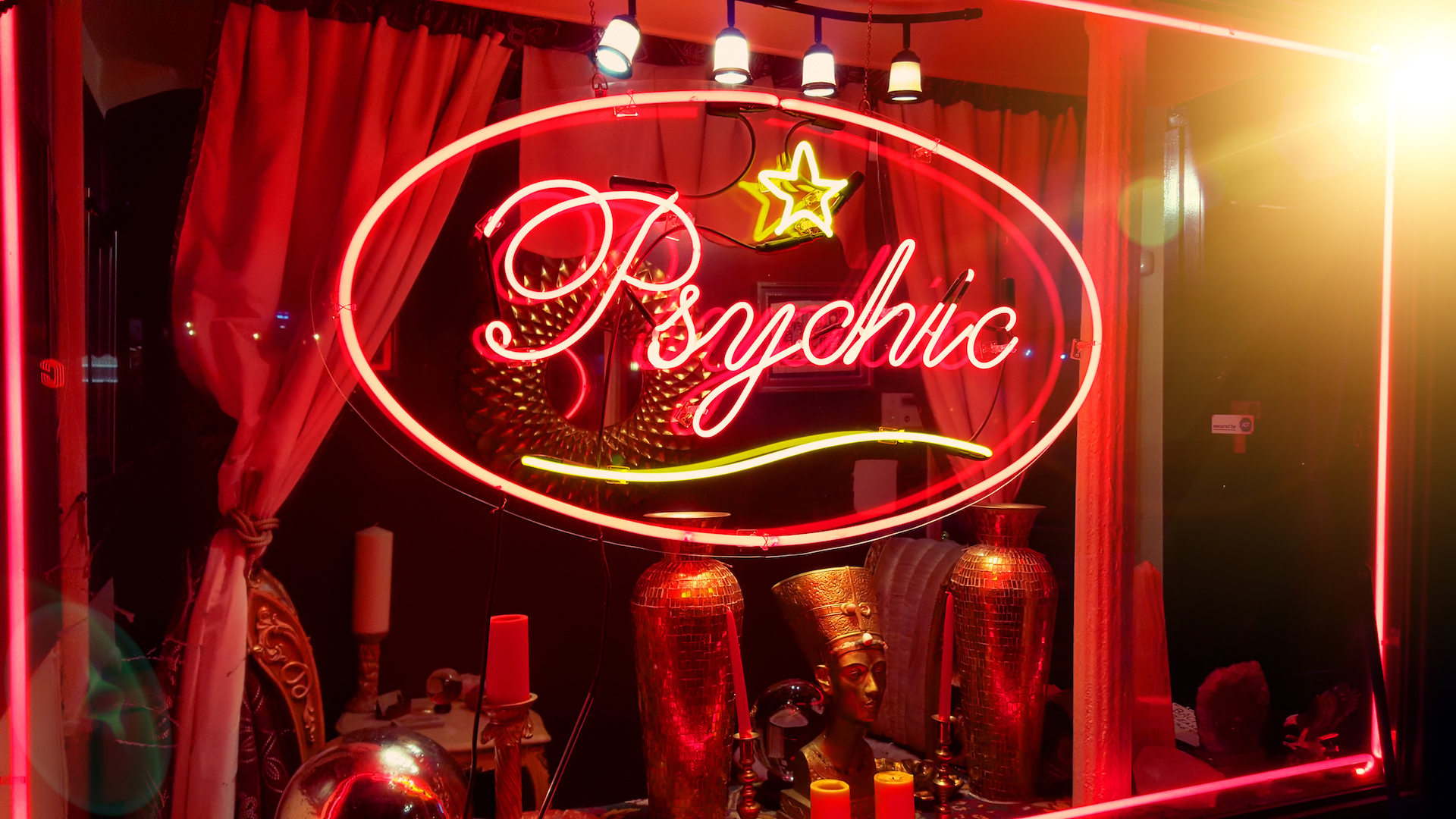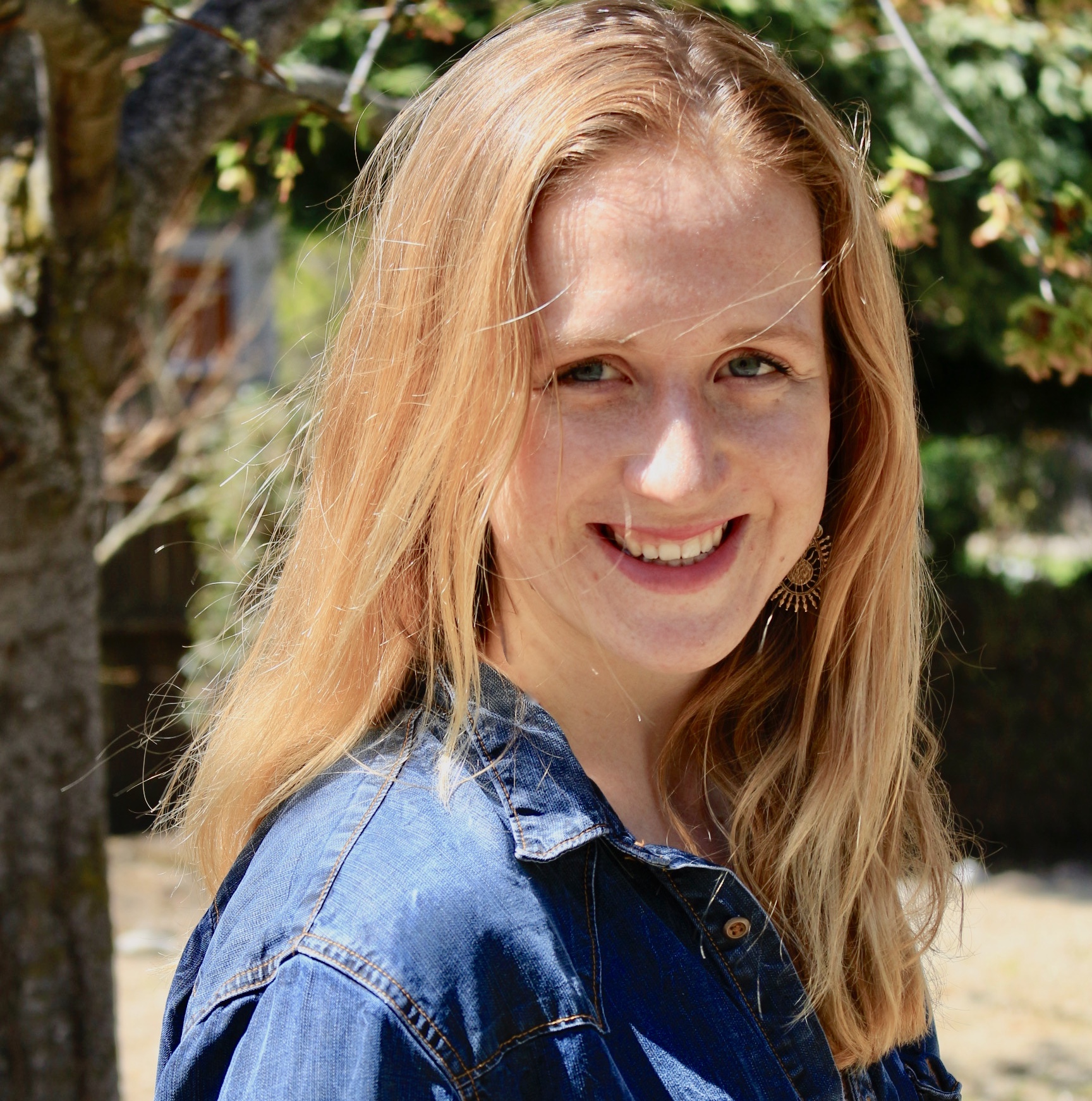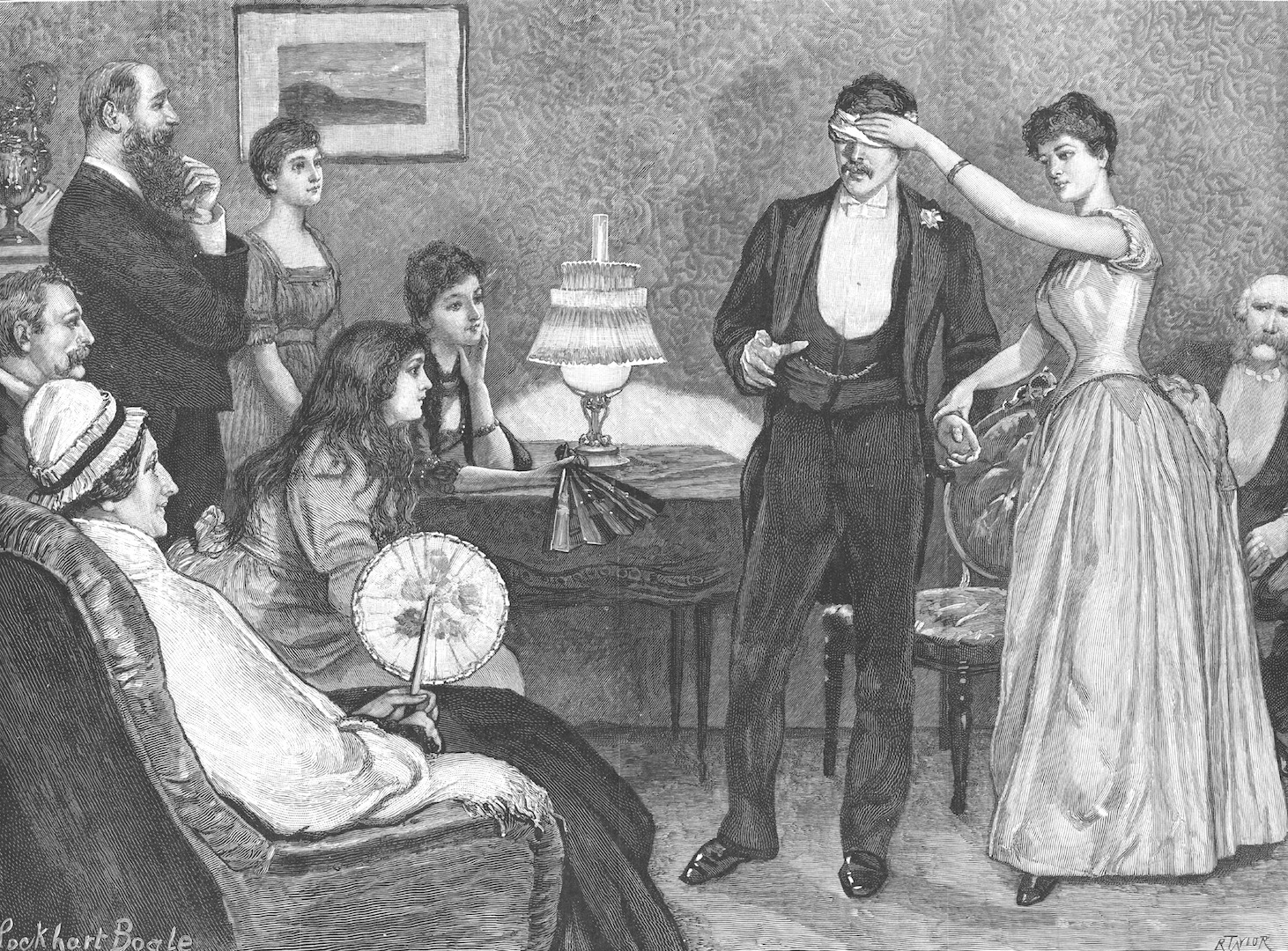What is ESP?
Around two-thirds of people in the United States believe in extrasensory perception — but it's not real.

Extrasensory perception (ESP) is an unproven paranormal phenomenon in which people allegedly receive information about, or exert control over, their environment in ways that don't use the five senses. Also known as "the sixth sense" or "psi," ESP refers to a wide range of purported abilities, including telepathy (mind reading), psychokinesis (moving objects without physical contact) and precognition (predicting the future).
ESP violates our understanding of basic scientific principles. Still, estimates suggest that around two-thirds of people in the United States believe in its existence, according to a 2019 study published in Europe's Journal of Psychology. Even in academia, ESP has inspired serious scientific debate. While some psychologists argue that the subject deserves consideration, skeptics point out that the evidence is weak at best, and fraudulent at worst.
History of ESP
Fascination with ESP is rooted in the spiritualist movement of 19th-century Britain and the United States, according to the University of Canterbury in New Zealand. Members of the fashionable elite would hold séances, in which mediums would attempt to communicate with spirits. By the end of the 19th century, scientists and other thinkers were joining research societies devoted to studying not only communication with spirits, but a whole host of so-called "psychic" phenomena, including telepathy and hypnosis (which, unlike telepathy and séances, is now backed by science). In 1882, the Society for Psychical Research emerged in London, and in 1885, people founded a corresponding society in the United States. (Both still exist today.)
Related: How does hypnosis work?
The term "extrasensory perception" was not widely used until the 1930s, when Duke University psychologist J.B. Rhine opened a lab devoted to studying the sixth sense. Rhine became famous for his work with decks of "Zener cards," each of which was marked with one of five symbols. He would flip through a deck containing 25 of these cards and have study participants identify the symbol on each without seeing the card itself, according to the American Psychological Association. Theoretically, the average person had a 1 in 5, or 20%, chance of guessing the identity of each card. But Rhine found that people consistently guessed the correct card more than 20% of the time. Based on this result, he surmised that he had found evidence for ESP, Terence Hines wrote in the book "Pseudoscience and the Paranormal" (Prometheus, 2003).
Rhine's research, which he published in a book titled "Extrasensory Perception" (Boston Society for Psychic Research, 1934), generated both criticism and interest. One review of the book, published that same year in the journal Nature, insinuated that Rhine's strong belief in ESP might have biased his results. But Rhine's research also fueled the growth of the new field of parapsychology. In 1957, he formed the Parapsychological Association, an organization devoted to studying psychic experiences, which still exists today.
Related: Are ghosts real?
Get the world’s most fascinating discoveries delivered straight to your inbox.
Does extrasensory perception exist?
Since parapsychology took off, some scientists have devoted their careers to investigating the existence of ESP. This research hasn't just taken place on the fringes; between 1972 and 1995, the CIA and Defense Intelligence Agency (DIA), spent $20 million on ESP-related research efforts conducted largely at Stanford Research Institute, according to a 2015 article published in the journal SAGE Open. The program, later nicknamed "Stargate," was devoted to ESP applications in the Cold War.
Today, ESP research appears alongside orthodox psychology research in high-profile, peer-reviewed journals, including American Psychologist and the Journal of Personality and Social Psychology. Many of these studies appear to provide evidence for the existence of ESP.
In the 1970s, researchers began conducting ganzfeld experiments, in which participants would sit in darkened rooms with their eyes covered, listening to white noise. The goal was to deprive the participants of sensory stimuli, making it easier to focus on ESP messages.
The researchers would ask participants to focus on whatever images floated into their minds while a "sender," sitting in another room, viewed a "target" video clip or image and attempted to transmit the information to the participant. Afterward, the study participants would view a set of images, one of which was the target. If they selected the target image, it was considered a "hit." Similar to the results of Rhine's earlier research, a review article aggregating the results of dozens of these studies found that people consistently selected the target more often than one would expect based on chance.
One of the best-known and most controversial figures in ESP research today is Daryl Bem, a professor of psychology at Cornell University. In 2011, he published a paper in The Journal of Personality and Social Psychology that appeared to demonstrate evidence for precognition, or the ability to predict the future. He conducted nine standard psychological experiments, with well-established psychological effects — but did them in reverse.
For example, he would show participants a long list of words, and would have them memorize as many as possible and then repeat what they remembered. Later, he would give them a subset of those words to "practice" by copying them out. Participants remembered more of the words they would later practice than those they didn't. In other words, it appeared that precognition helped participants "remember" words based on their future practice. Bem has since received widespread criticism for using study methods known to encourage false positive results.
Scientific controversy over ESP
There's a major problem with ESP research: You can't replicate it. "In science, if you discover something and claim it as a fact, then other scientists following similar procedures should find the same thing," said James Alcock, a professor of psychology at York University in Toronto. "[That] never happens with ESP."
Sometimes, it may seem as if certain results — such as those from ganzfeld experiments — can be replicated, Alcock told Live Science. But if you look closely at these studies, you'll find slight differences in both the methods and the results. For example, one set of experiments might find that ganzfeld experiments work with photographs, and another study might add videos and find that the participants guess the videos correctly but not the photographs. No one seems to be able to repeat the exact same experiment and get identical results. "Scientists can't do it again," Alcock said. "They can't do it when the conditions are tight."
In addition, skeptics point out that results that appear to provide evidence for ESP aren't actually much different from what you'd expect based on chance. For example, one of Bem's studies asked participants to select one of two windows, both of which were hidden behind curtains. Behind one window was a screen showing pornography. Bem hypothesized that if ESP were real, participants would pick that window more than half of the time. And they did — but only by a small margin: They selected the window hiding pornography 53% of the time, to be exact.
This type of result is consistent across parapsychological research, said Jeffrey Rouder, a cognitive psychologist at the University of California, Irvine. "If you really have ESP, you should be able to get it right maybe 65%, 80% of the time," Rouder said. After all, 3% better than chance is rather unremarkable. "At some point, you want to say, 'Hey, if this is real, just hit it out of the park!"
Why so many people believe in ESP
Laypeople who believe in ESP typically cite anecdotal accounts and personal experiences as evidence for the phenomenon. People say they had visions of events that later happened or prophetic dreams; they claim that they always can predict when a particular family member is about to call. Some historical accounts, such as a novella that appeared to predict the sinking of the Titanic, also seem to provide anecdotal evidence for ESP's existence.
But well-understood cognitive biases likely explain these accounts, according to a 2008 article published in the Journal of Cognitive Neuroscience. For example, people tend to perceive patterns in random series of events. So, when your best friend calls just moments after she popped into your mind, it feels like a sign — even though having two seemingly connected events occurring close in time has a high chance of happening randomly.
People also look for examples to support the beliefs they already hold — a phenomenon called confirmation bias. Consciously or subconsciously, they disregard evidence to the contrary — such as the thousands of times your friend called when you weren't thinking of her or the times you were thinking of your friend and she didn't call.
So, the next time you're leaving on a trip and are suddenly overcome with an ominous feeling, don't jump to the conclusion that your anxiety is a premonition. Despite anecdotes of people predicting disasters, there's no evidence that your feeling is a warning about the future. And if a lesser disaster does happen — such as your flight getting canceled, leaving you stuck in the airport — that's not really precognition. That's just life.
Additional resources
- Take a peek at the Federal Bureau of Investigation's archives to see how the agency looked into ESP as a way to investigate espionage.
- Read more about J.B. Rhine and his Zener cards from the American Psychological Association.
- Learn about the history of paranormal phenomena from the University of Canterbury.

Isobel Whitcomb is a contributing writer for Live Science who covers the environment, animals and health. Her work has appeared in the New York Times, Fatherly, Atlas Obscura, Hakai Magazine and Scholastic's Science World Magazine. Isobel's roots are in science. She studied biology at Scripps College in Claremont, California, while working in two different labs and completing a fellowship at Crater Lake National Park. She completed her master's degree in journalism at NYU's Science, Health, and Environmental Reporting Program. She currently lives in Portland, Oregon.



